(Welcome to Belém)
No man ever steps in the same river twice, for it’s not the same river and he’s not the same man.
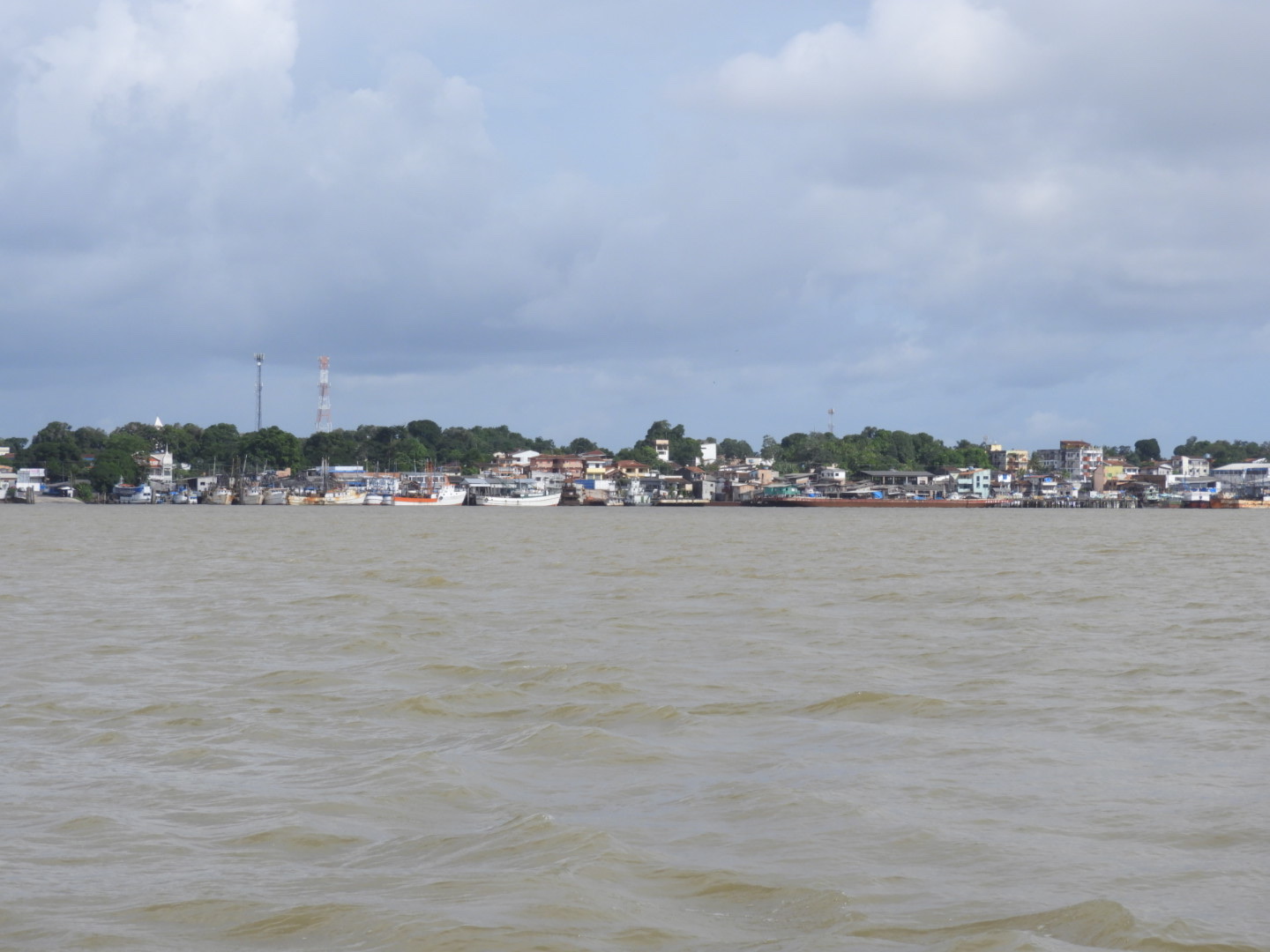
Today we arrive in Belém, gateway to the Amazon, and the first of our three stops in Brazil. This was our last stop when we cruised the Amazon before, so our plans are different this time.
I step out on deck at dawn. The humidity and heat hit like a wall. So does the familiar river smell, so different than the briny smell of the ocean I’ve gotten used to.
Because of the tides, we anchor in the suburb of Icoaraci and tender to shore in brightly painted wooden boats. This mornings tender ticket distribution is the most civilized I’ve ever seen. This is obviously not their first rodeo!The ships tenders don’t work with the wharf here, so we must use the local wooden motor boats. I love it. It’s like a bonus mini excursion before the shore excursion.
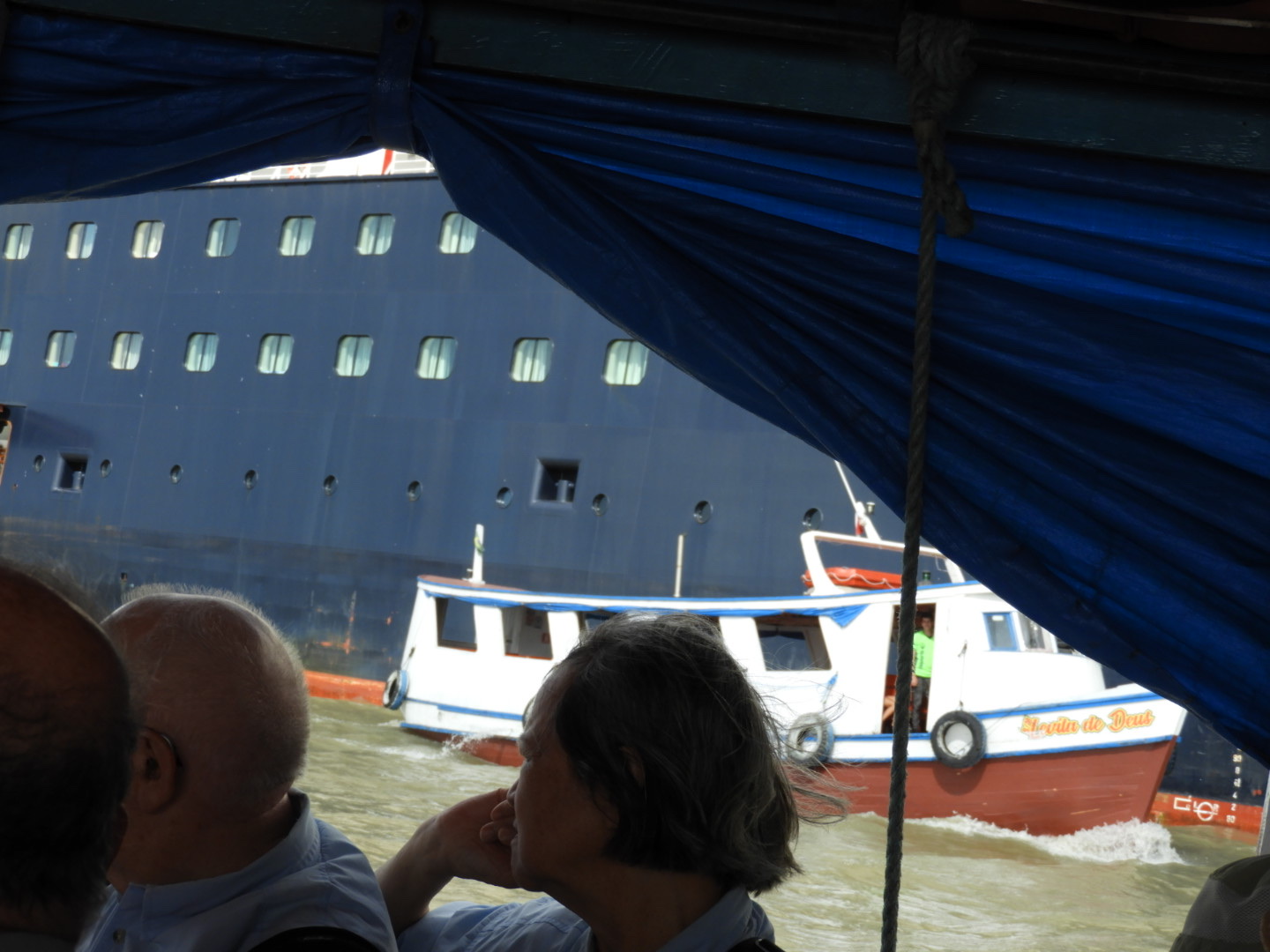
Along the length of the tender wharf there is a line of young people in state tourism shirts. They welcome us to Belém and hand out handmade necklaces of colourful rough wood beads on red string. There are various shaped beads: hearts, flowers, Easter eggs, but my favourite are little riverboat shaped ones. I wear mine for the whole day, and go into dinner with it.
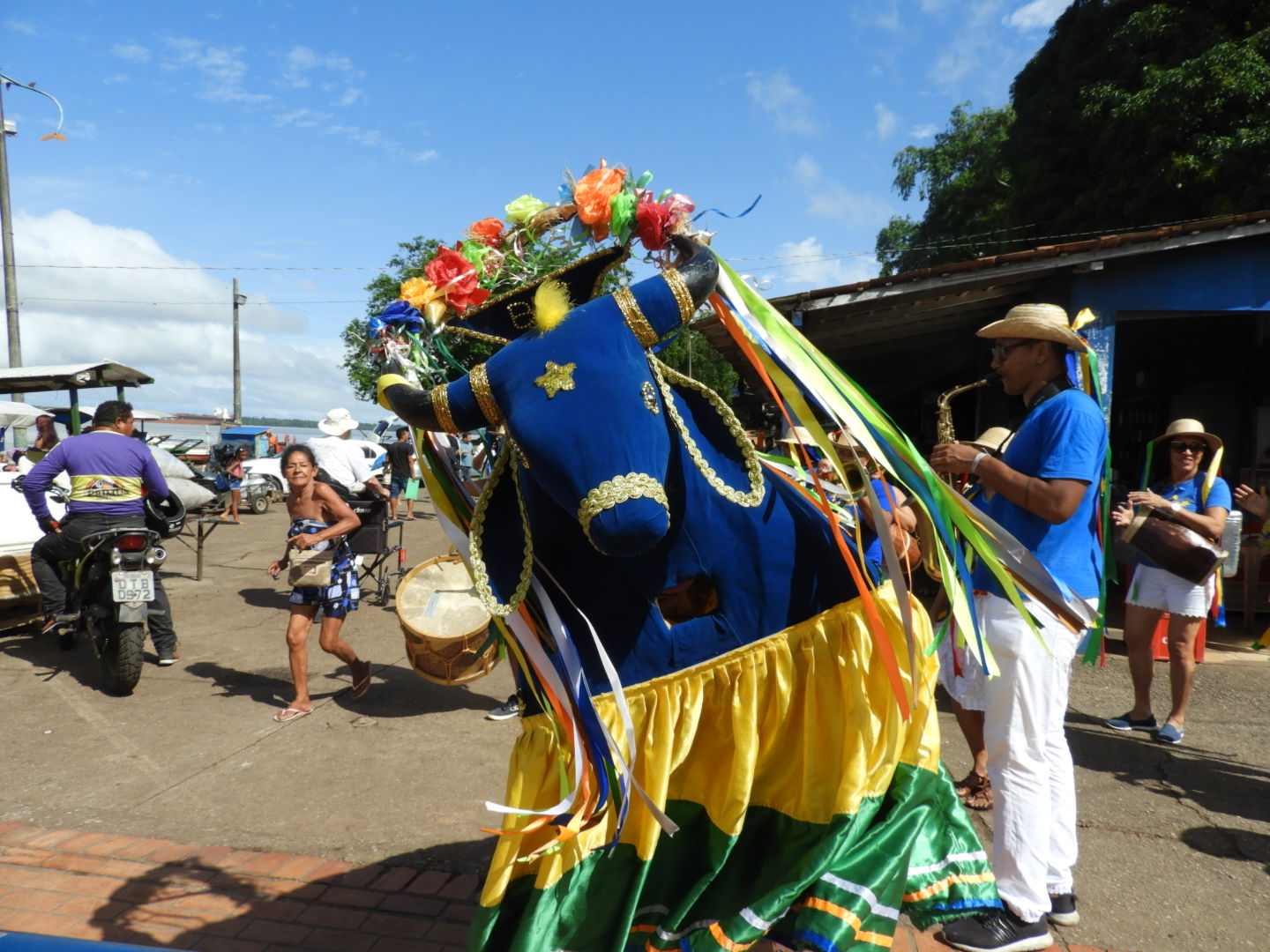
At the top of the stairs on shore our guide is waiting with the bright ‘DoBrazilRight’ sign. He directs us to where three busses are waiting. Once the bus is full we pull out and they load the second bus as later tenders come. Not only don’t we have to sit and wait for people coming on later tenders, but it staggers the busses arriving at stops on the tour. All day we would pass a group just arriving at a site we are just leaving. There is never a crowd.
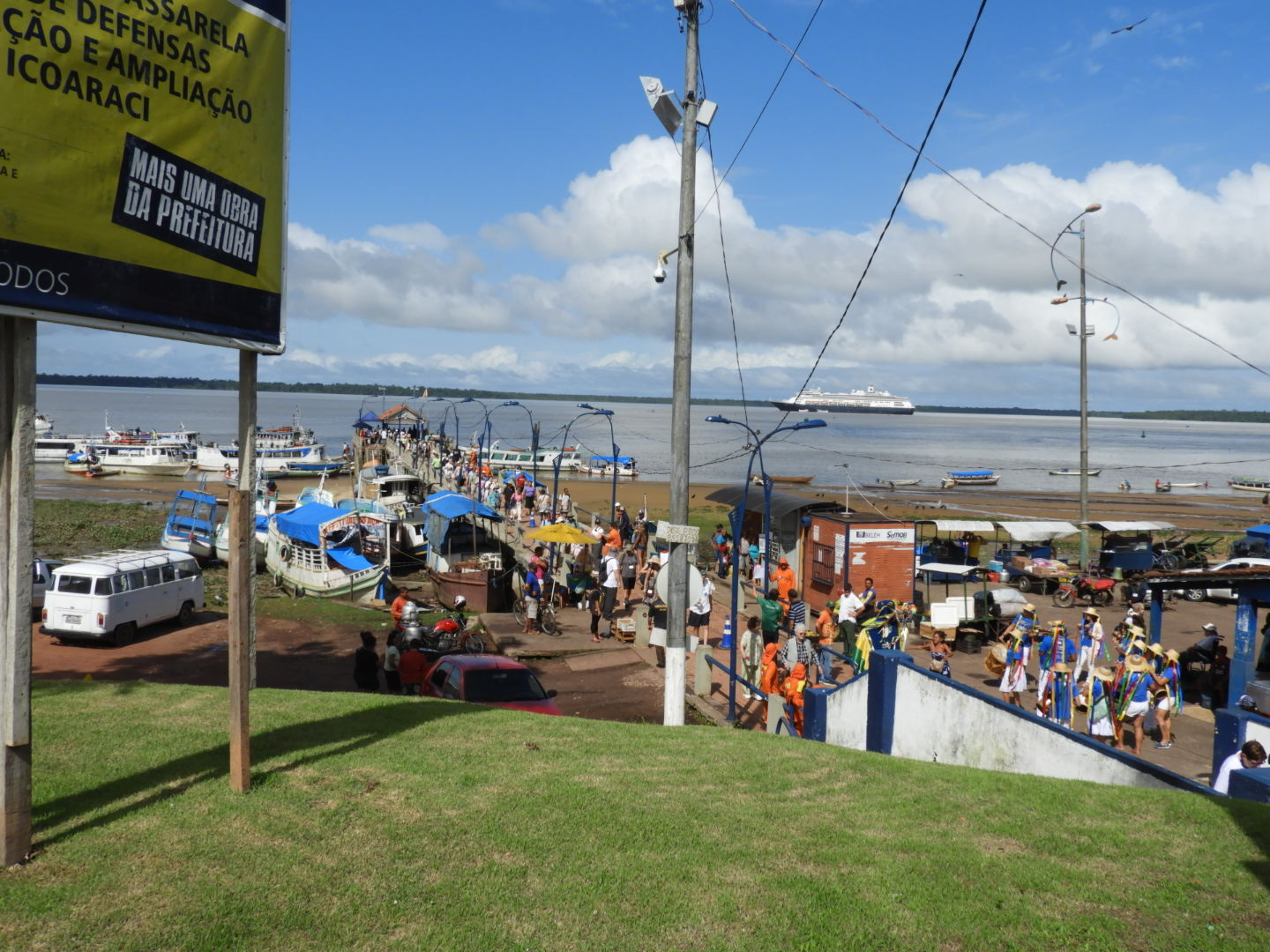
Our tour is a five hour tour of Belém. On the long drive in, we learn about the history of the region. We learned about the native people, and the coming of the Jesuits who came in peace. Then the coming of the Portuguese, who did not come in peace. We learned of the rubber boom, and the ridiculous amount of wealth that literally flowed through the streets in the form of buildings, statues, and park walkways made of fine marble imported from Italy and wrought iron imported from Britain. Then the demand for rubber dried up, and with it the money it brought Belém. The city is full of stunning architecture slowly decaying and sprouting vines and mango trees in unlikely places.
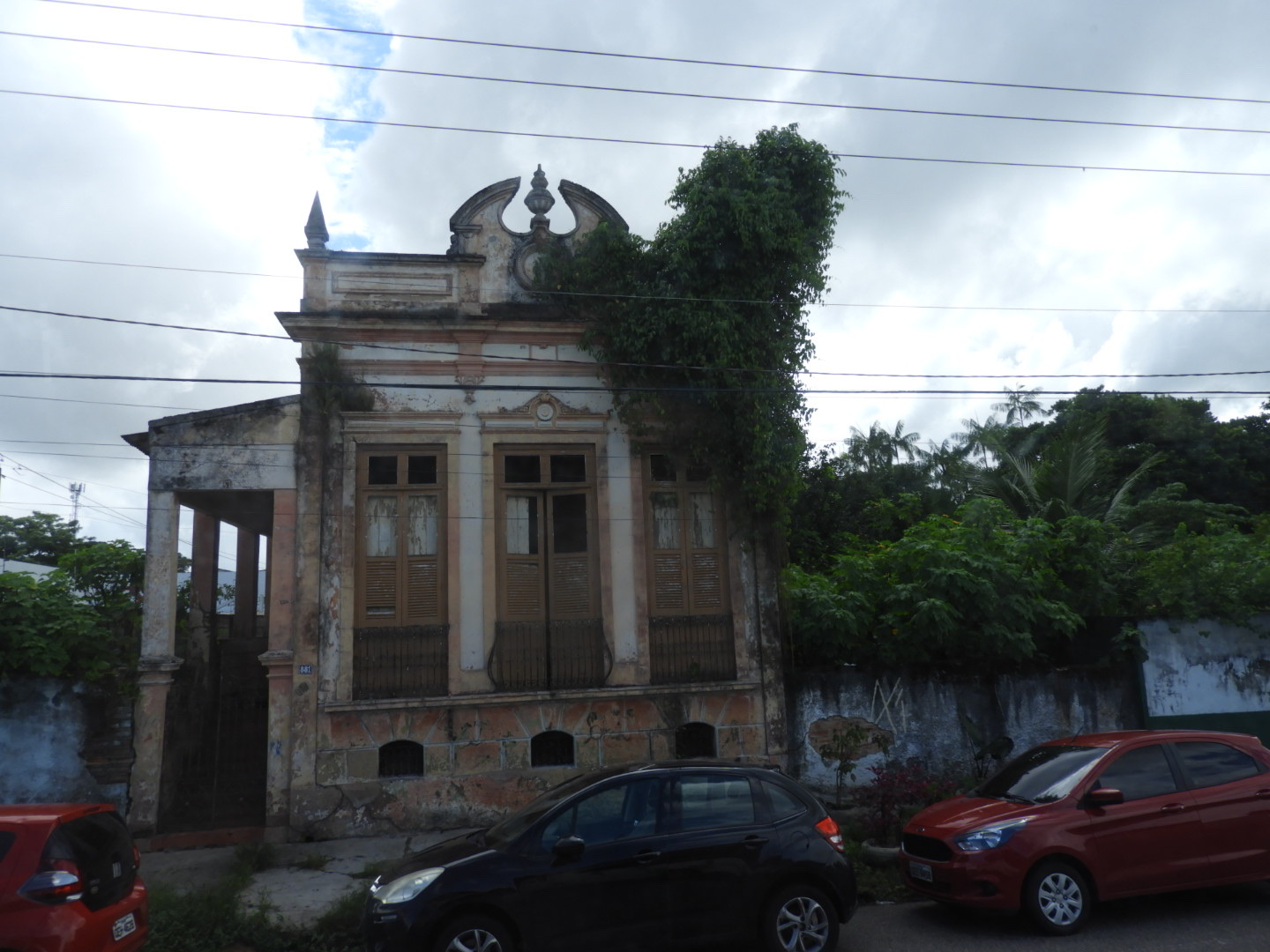
Our first stop is the famous Botanical Gardens. We see a vast array of trees and flowers of the Amazon region. There are walking trees and giant water lilies and parrots in an aviary. Running loose are small monkeys and more of the long legged hamsters we saw on Devils Island. Our guide has yet another name for them. It sounds more like capybara than agouti, but is neither. So who knows? I salute you, my little rodent friend, and your refusal to be easily labelled!
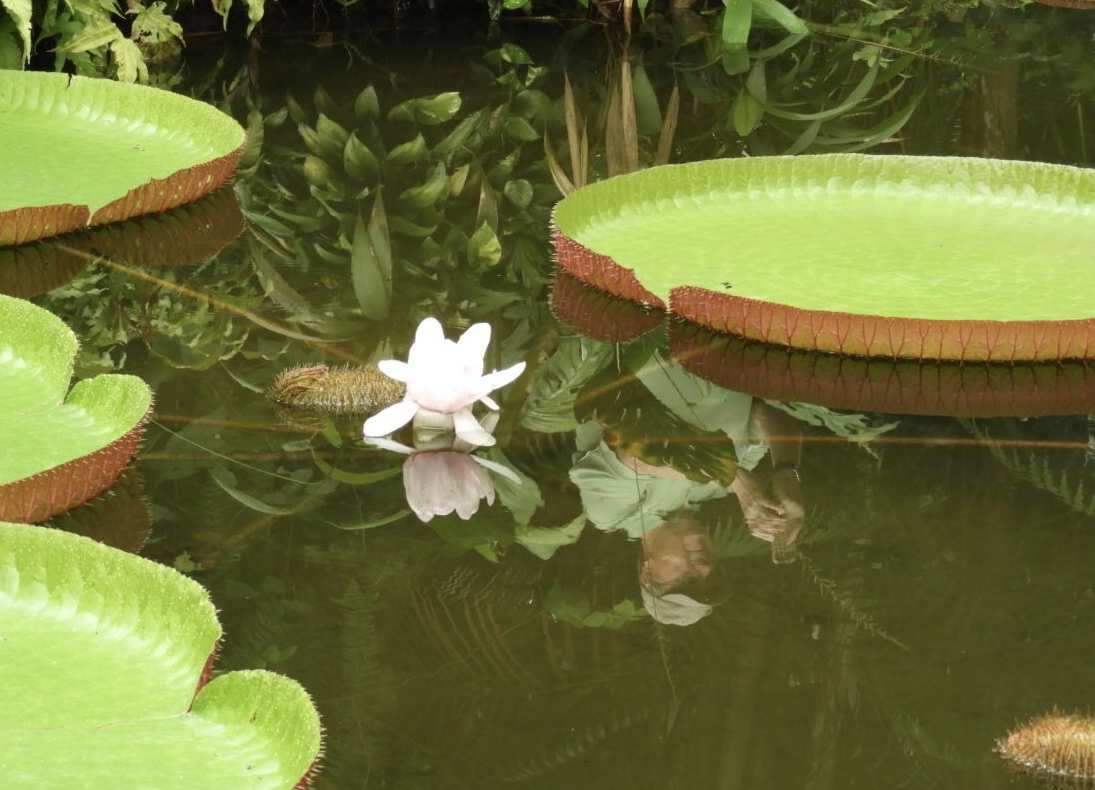

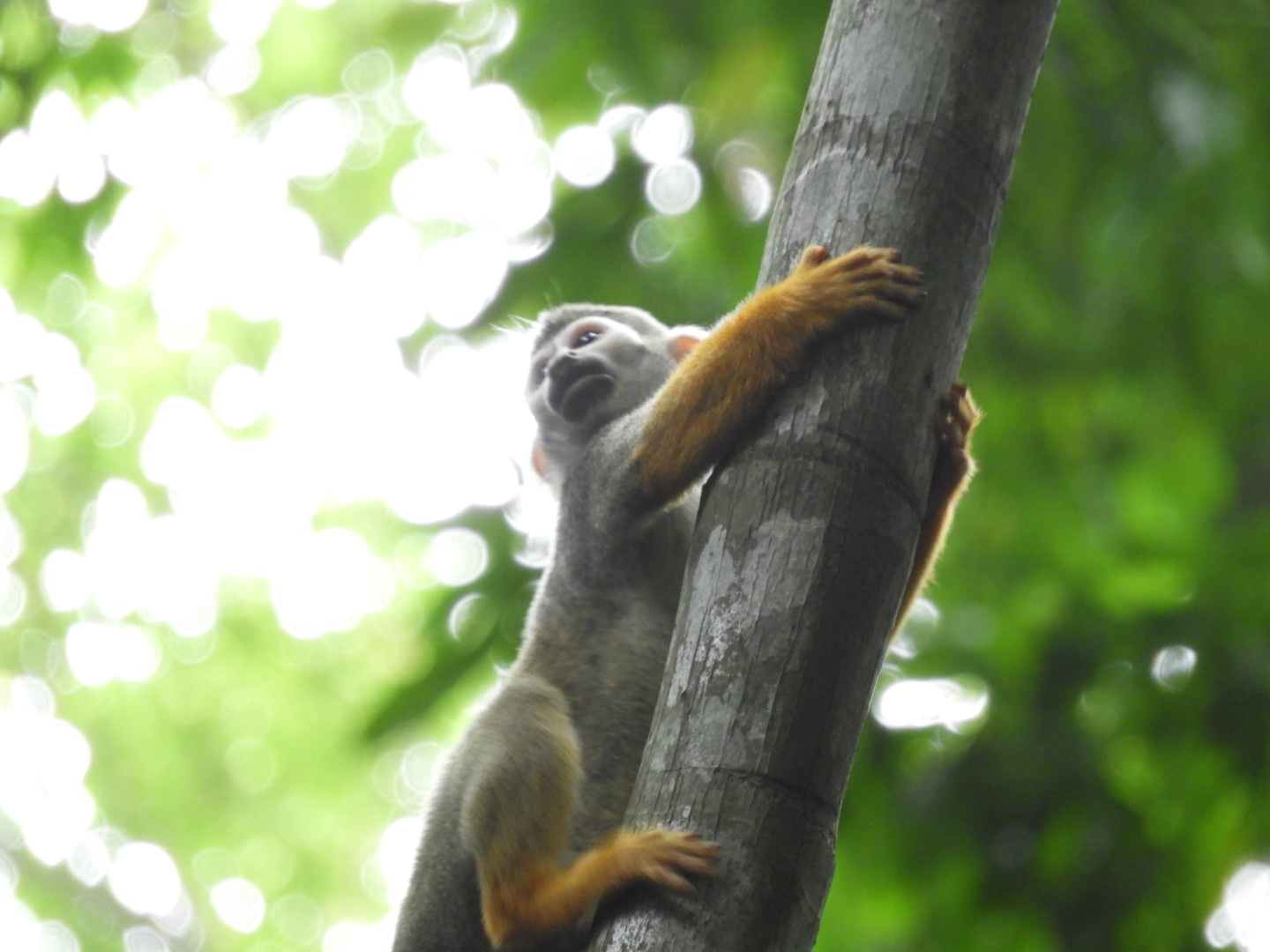
Now we move on to the cathedral, again built of the finest materials imported from Europe in the city’s heyday. As we step off the bus, the skies open. Between the intermittent downpours and the scorching tropical sun between them, the parasol gets a real workout today! We stop at the grand theater, and it’s park, more monuments to days of glory.
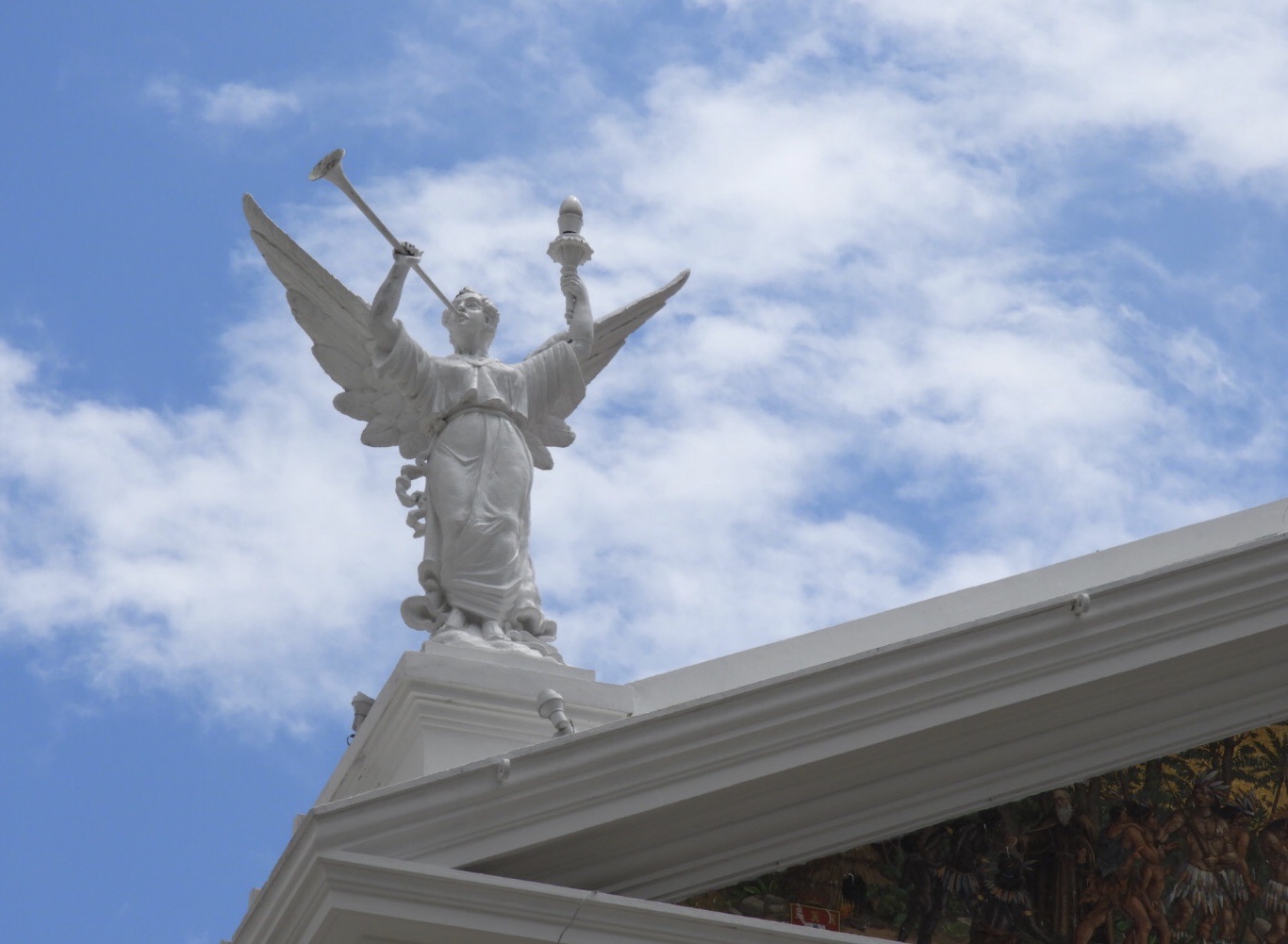


Our last stop is the waterfront and the well maintained Maritime Terminal. Here a series of old warehouses have been transformed into shops and restaurants. I have an espresso overlooking the river and the boats coming and going.
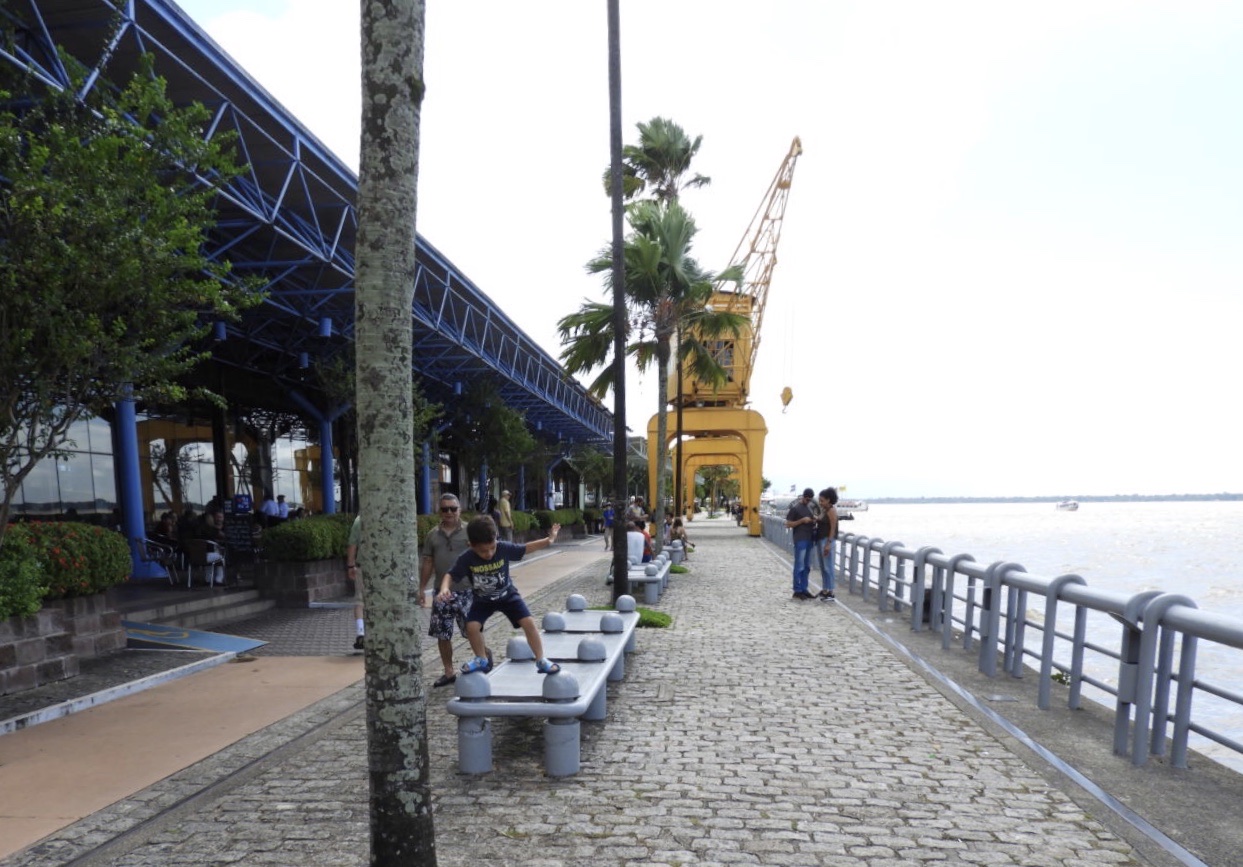
With our free time, we pop next door to the Ver-o-Peso market and buy a bag of fresh Brazil nuts before boarding the bus back to the tender pier in Icoaraci.

The traffic is heavier now, and the trip slower. We arrive just as a tender is loading, and have a final boat ride back to the ship.
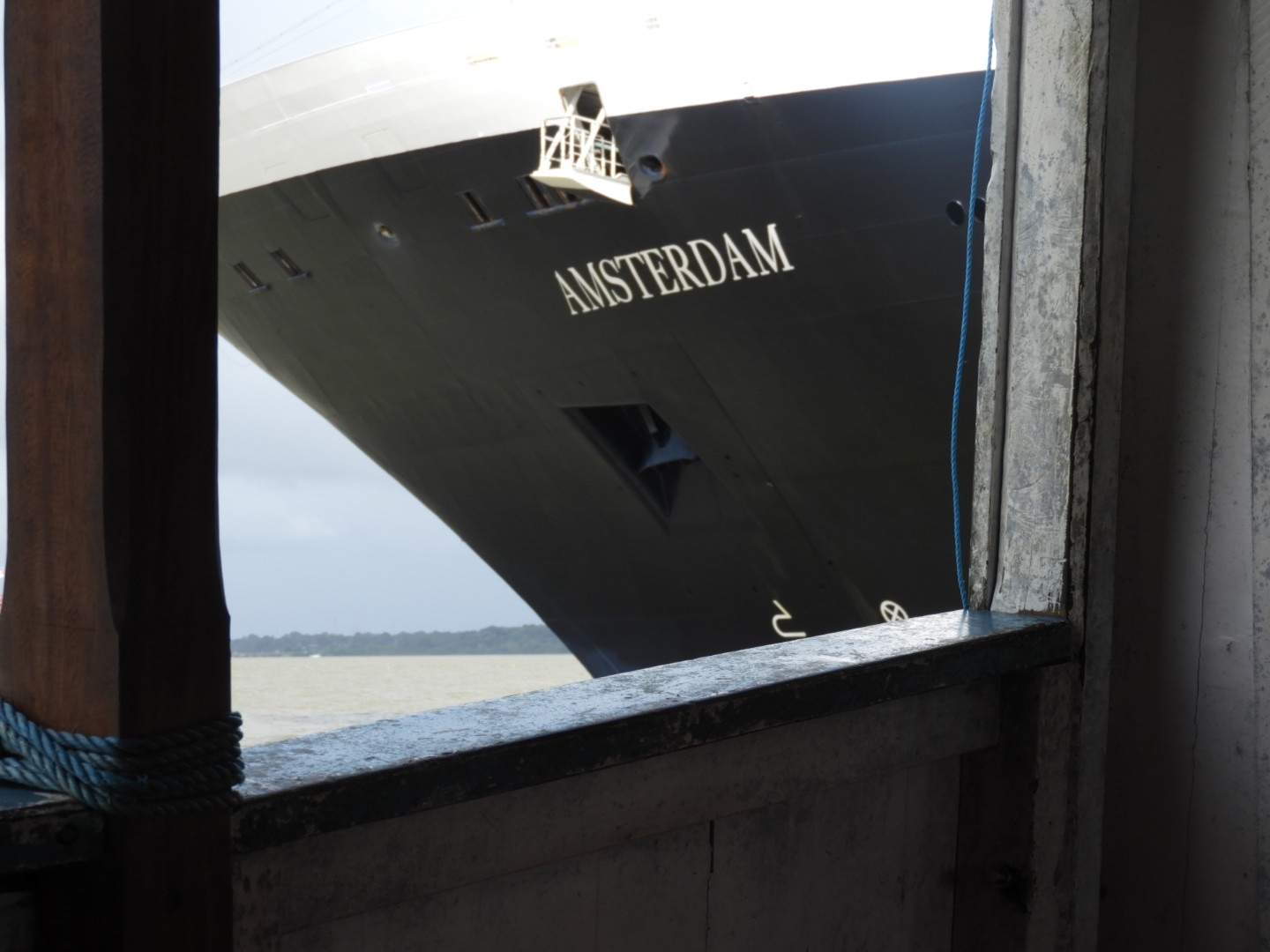
It is seventy miles back up the river to the ocean. Long after watching a glorious sunset over the river, we’re still gliding past lights on both shores in the dark. We are now in the Southern Hemisphere, and will be until we reach Singapore over two months from now. The clouds lift enough that I can see the Southern Cross low in the sky.
After today, we will be new to our ports of call. See you next in Recife, Brazil!
Senses of today – The sight of the giant lily pads in the pond at the botanical garden. The sound of the engine of the local river boat that tendered us to shore in Icoaraci. The feel of huge, warm raindrops in a sudden downburst near the cathedral. The smell of the river as I stepped out on deck this morning. The taste of fresh Brazil nuts in the Ver-o-Peso market in Belém .
Today’s Tip: The importance of dressing down. When going ashore in a country with a lower safety rating, use common sense. Dress down, leave expensive watches and jewelry on board, and keep money in an inside pocket. Separate small bills from big ones so the big bills don’t show when you pay for a coffee on the street. You will still be a tourist and a target, but you won’t be a walking buffet for thieves.
